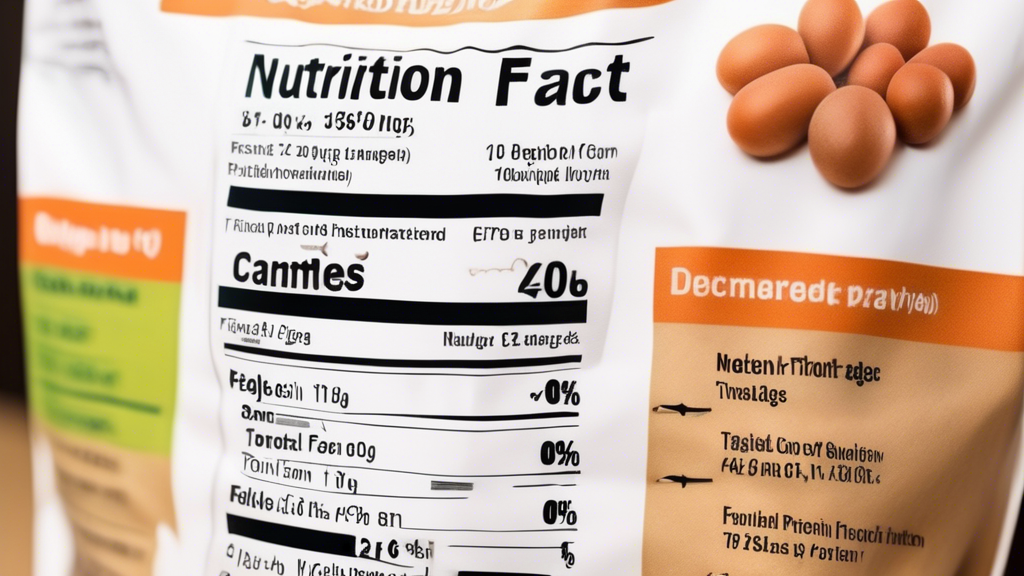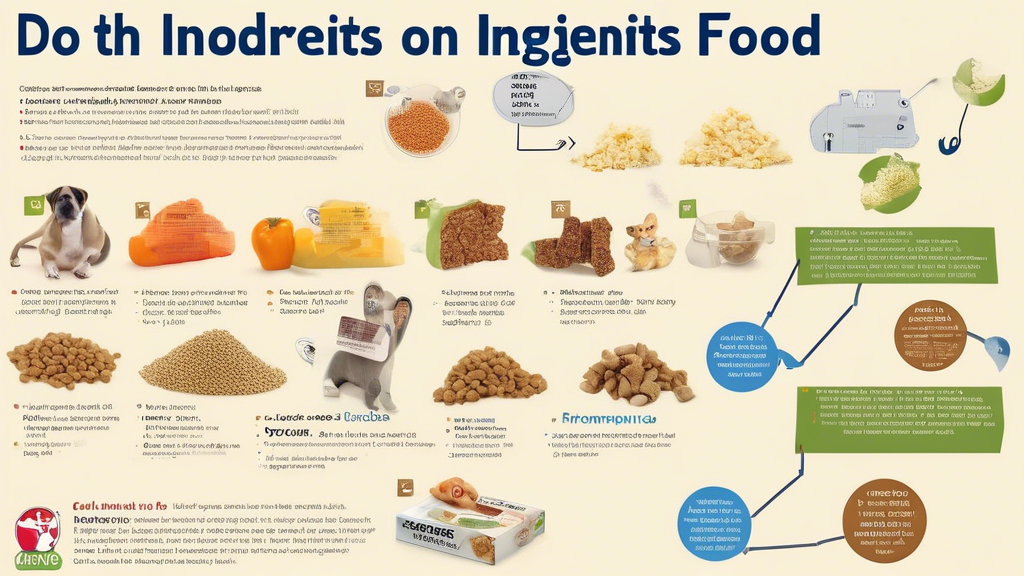**Understanding the Protein Content on Dog Food Labels**
Protein is a crucial nutrient for dogs, supporting muscle development, tissue repair, and energy production. However, the protein content listed on dog food labels can be misleading, requiring pet owners to delve deeper into the calculations and quality of the protein sources.
This article will unravel the intricacies of protein content on dog food labels. We will explore the dry matter basis method used in calculations and its impact on protein accuracy. We will also decode the difference between crude protein and real protein values, emphasizing the role of specific amino acids in determining protein quality. Finally, we will provide guidelines for optimizing protein intake based on a dog’s age, size, and activity level.
By understanding the truth about protein content on dog food labels, pet owners can make informed decisions that support the nutritional well-being of their furry companions.
## Understanding Protein Calculations on Dog Food Labels
### Significance of Protein Content for Dogs
Protein is an essential nutrient for dogs, as it provides amino acids for building and repairing tissues, producing energy, and supporting various bodily functions. The protein content on dog food labels is a key indicator of the nutritional value of the product and helps pet owners make informed decisions about their dog’s diet.
### Dry Matter Basis Method: How Labels Calculate Protein Content
Dog food labels typically display protein content on a dry matter basis. This method accounts for the moisture content in the food, which can vary significantly. To ensure fair comparisons between different products, protein levels are calculated as a percentage of the food’s weight after all moisture has been removed.
### Implications of Moisture Content on Protein Accuracy
The moisture content of dog food can impact the accuracy of the protein calculations. For example, a food with 10% moisture content and 30% protein on a dry matter basis would have a true protein content of approximately 27%. This is because 10% of the food’s weight is water, which does not contain protein. Therefore, it’s important to consider both the protein content and the moisture content when evaluating dog food labels.
The #1 Free Source for Pitbull & Bully Pedigrees!

## Decoding the Dog Food Protein Puzzle
### Crude Protein vs. Real Protein: Unraveling the Mystery
**Understanding Crude Protein:**
The crude protein value on dog food labels represents the total nitrogen content, which is then multiplied by a standard factor of 6.25 to derive a protein estimate. However, this calculation includes non-protein nitrogen sources, leading to an overestimation of actual protein content.
**Unmasking Real Protein:**
To determine real protein content, it’s crucial to consider the amino acid profile of the food. Amino acids are the building blocks of proteins, and a complete amino acid profile ensures optimal protein utilization. Look for dog foods that provide a balance of essential amino acids, such as taurine, lysine, methionine, and arginine.
### Specific Amino Acids: The Key to Quality
**Taurine:** This amino acid is vital for heart and eye health, especially in large and giant breed dogs.
**Lysine:** Essential for muscle growth and maintenance, lysine is particularly important for growing dogs and athletes.
**Methionine:** Supports liver function and aids in the absorption of other nutrients.
**Arginine:** Plays a role in immune function, wound healing, and hormone production.
### Optimal Protein Intake: Tailoring to Individual Needs
The ideal protein intake for dogs varies based on their age, size, and activity level.
**Puppies and Kittens:** Growing rapidly, puppies and kittens require higher protein levels (25-30%).
**Adult Dogs:** Generally, adult dogs need moderate protein levels (18-25%).
**Senior Dogs:** As metabolism slows, senior dogs may benefit from slightly reduced protein intake (15-20%).
**Active Dogs:** Athletic dogs may require higher protein levels (25-30%) to support muscle recovery.
When selecting a dog food, consider the real protein content and amino acid profile to ensure you’re providing your furry friend with the essential nutrients they need to thrive.
**Conclusion:**
Understanding the protein content on dog food labels is crucial for ensuring your pet’s optimal health and well-being. The dry matter basis method provides a standardized measure, but it’s essential to consider the impact of moisture content and the type of protein source. Crude protein values do not always reflect the true protein availability, so it’s important to look for foods with high-quality protein sources that provide essential amino acids.
When determining the ideal protein intake for your dog, consider their age, size, and activity level. Puppies, pregnant or lactating dogs, and active breeds may require higher protein levels. It’s recommended to consult with your veterinarian to determine the most appropriate protein content for your dog’s individual needs.
By carefully evaluating the protein information on dog food labels, you can make informed choices that support your pet’s nutritional requirements. Remember, protein is a vital nutrient that plays a significant role in growth, muscle development, and overall health. Providing your dog with a well-balanced diet that meets its specific protein needs is essential for a long and fulfilling life.














Leave A Comment